A city of tradition, Sevilla does not play around when it comes to its football clubs. Split in half by a sea of red and green, we dive deep into the intense Sevilla derby between Real Betis and Sevilla FC.
The Sevilla derby should require a health warning booklet. The sensory experience of the rivalry between Real Betis Balompié and Sevilla Fútbol Club is enough to overload your synapses — euphoria and chaos at the same time.
Green and red are the colors of passion in this city. Verdiblancos or Rojiblancos. Béticos against Sevillistas. Welcome to Sevilla, where football is even more important than religion. Or is it the same?
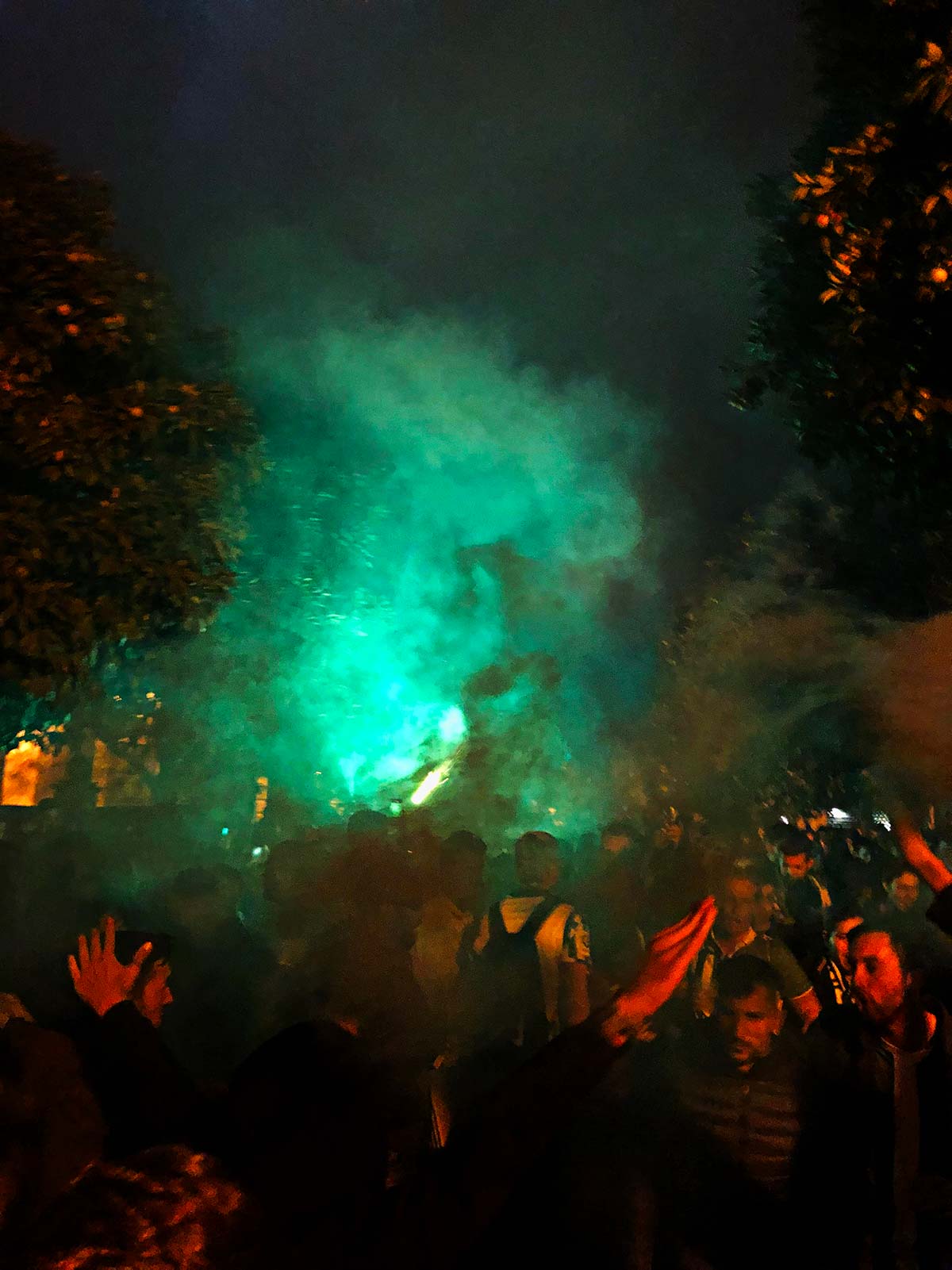
I was in Sevilla during the latest derby matchup to sneak into Spain’s fiercest clash of them all (yes, even more so than El Clasico). The fans say that the derby continues off the pitch after the game’s conclusion. It bleeds into the upcoming weeks at work, at school, or even at home.
“A boring and continuous zero-goal draw that is repeated until eternity will be the best idea for the quality of life of the citizens,” one Sevillano told me.
Several factors made me fall in love with Sevillian football, but most of it stems from the intensity of the fans. The week leading up to the derby is different from any other. There’s an electric anticipation in the air that is either galvanized by a victory or shattered by defeat.
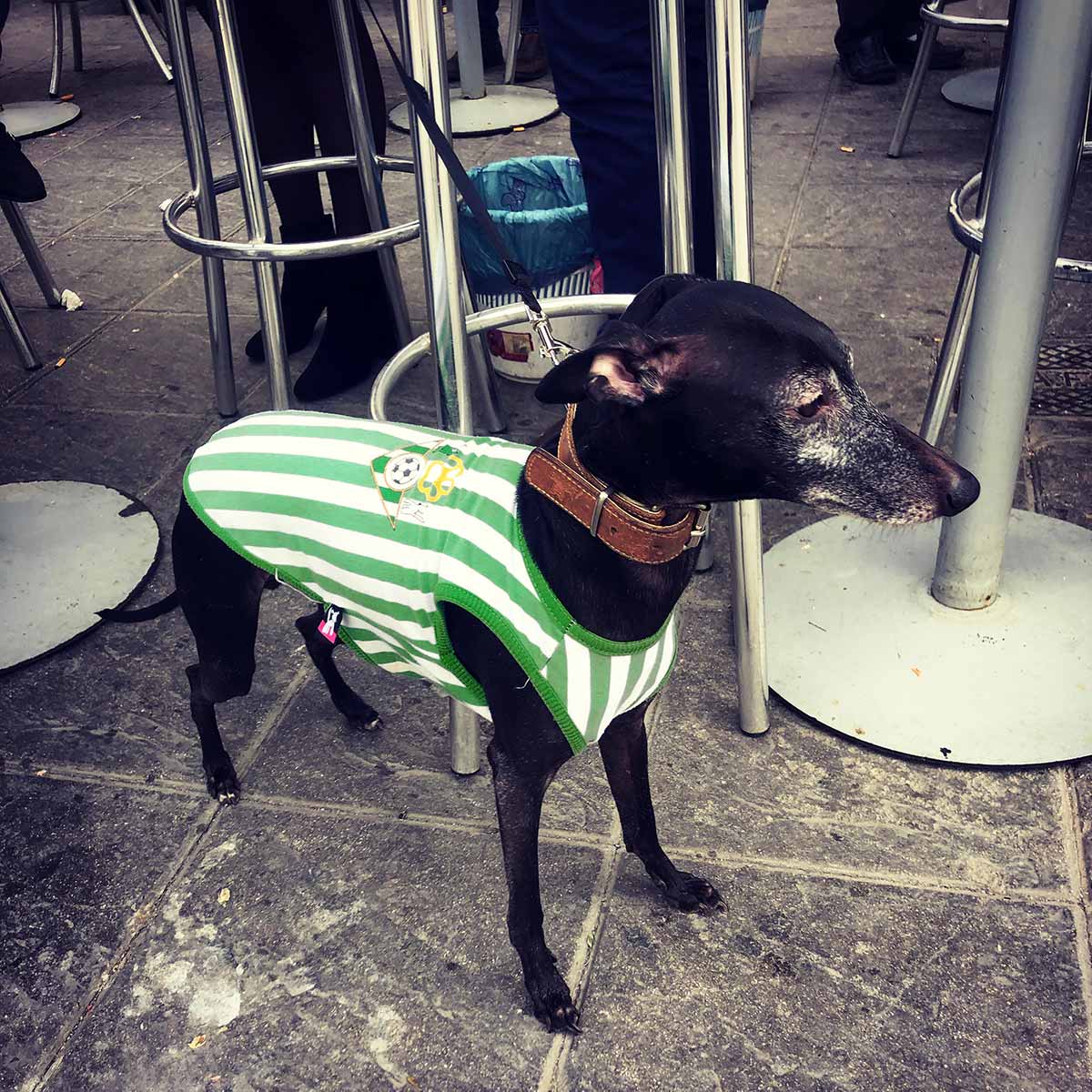
The circumstances of this football struggle from Sevilla are unique. Its roots lie in the population’s identity with Andalucía, the southernmost and biggest region of Spain. Their personality and way of life are the ingredients for this formula, and at the risk of generalizing, they’re all passionate as hell.
Certainly, to understand the context of El Gran Derbi (The Great Derby), Real Betis fans refer to the city as Ciudad del Betis (the City of Betis) in order to avoid any mention of Sevilla. On the other hand, Sevilla fans call their stadium La Bombonera de Nervión in a nod to the booming Argentine stadium that hosts an epic derby of its own.
While they may have similar passion, emotion, and superstitions, the opposing fan groups hate each other, pure and simple. On the streets, the tense waiting before the kickoff on match day smells like pyro and cheap beer spilled on the floor. The ultras, who will be playing a game of their own in the stands, prepare their biggest tifos of the season and go over their thunderous choreographies one last time. It’s almost an unnerving atmosphere. A city that lives and breathes football.
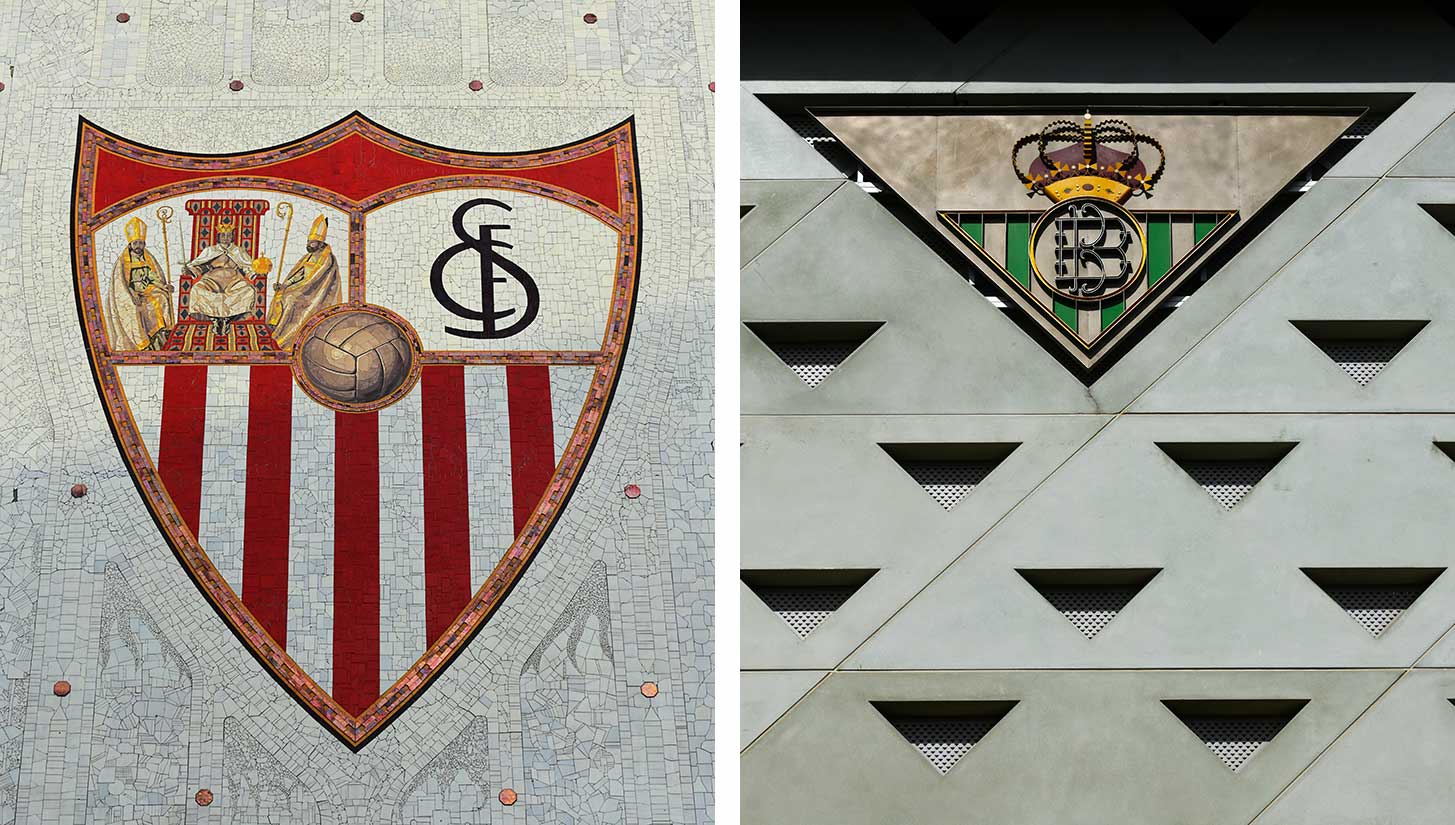
Sevilla is true football capital, hosting not only two of the most supported, but also historic clubs in Europe. The Andalucía region is the birthplace of football in Spain, with Huelva’s mine workers creating the country’s first club, Recreativo de Huelva in 1889. Just one year later, Sevilla Foot-Ball Club emerged as a local adversary, but we all know that rivalry would be eclipsed with Betis’ founding in 1907.
Spanish King Alfonso XIII appointed Betis with the ‘Real’ (Royal) title, therefore Real Betis Balompié was accordingly integrated. Newspapers at the time declared the foundation of the new team as an “act of war” for Sevillistas — a prediction that to this day rings true.

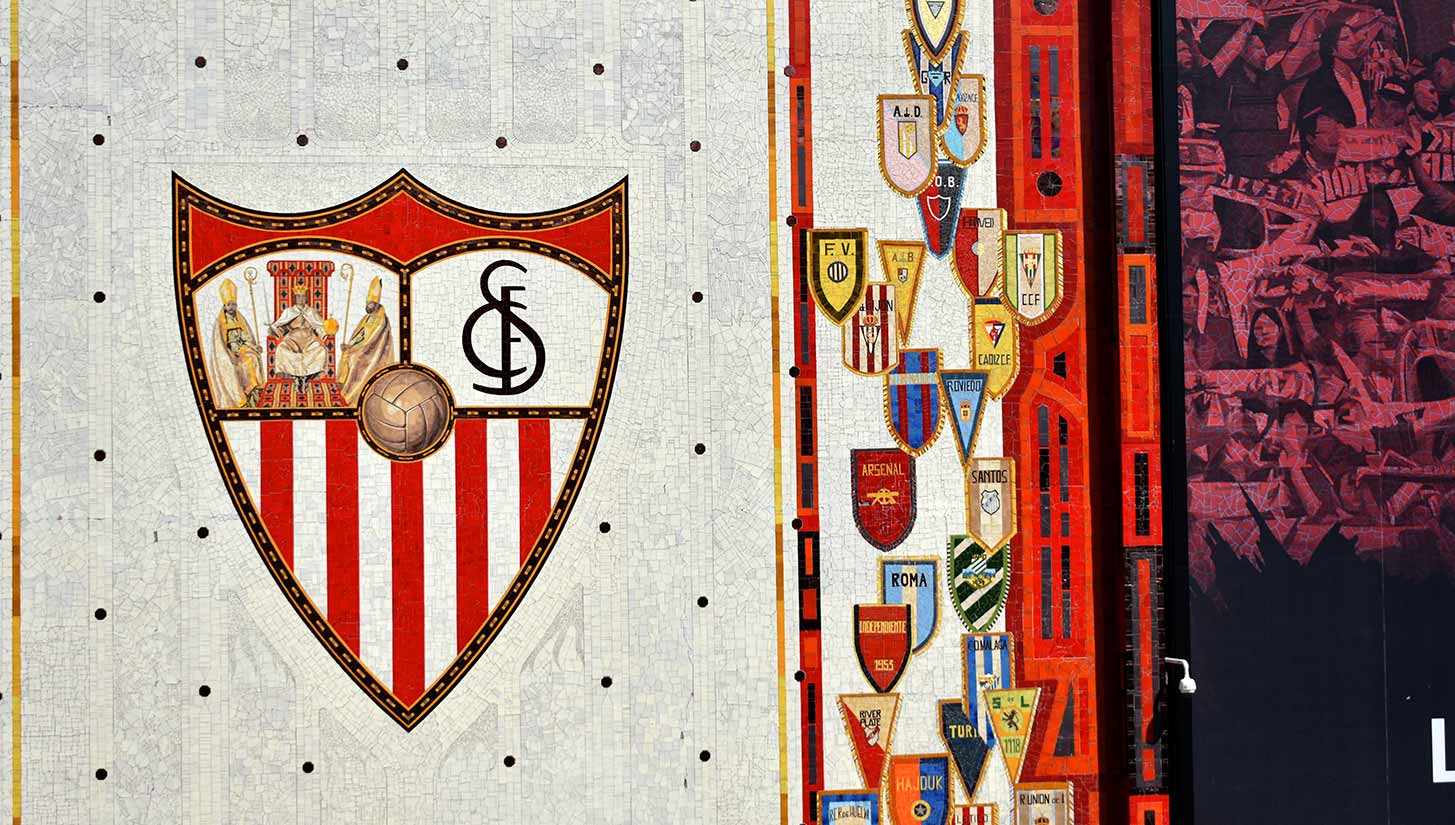
Betis has always identified with the more popular and working classes, and Sevilla the more wealthy. It is considered one of the few cities in Spain not ruled by Real Madrid or FC Barcelona, along with the likes of Bilbao, Valencia, Pamplona, and San Sebastian.
The Sevilla derby reminds me of the derby della Capitale between AS Roma and SS Lazio. The fans are ardent and tempestuous, and the the city is completely devoted to their teams at the highest levels. Like any good derby, there’s also a fair share of irrationality from both sides.
“This is Sevilla’s identity, it is said we never surrender,” swaggers Alberto while finishing a beer and rolling up his sleeve to show me a tattoo of Sevilla’s badge and the historic symbol of the city, the NO8DO. “We made [our identity], no one [else] can discuss it. And while playing good football!”

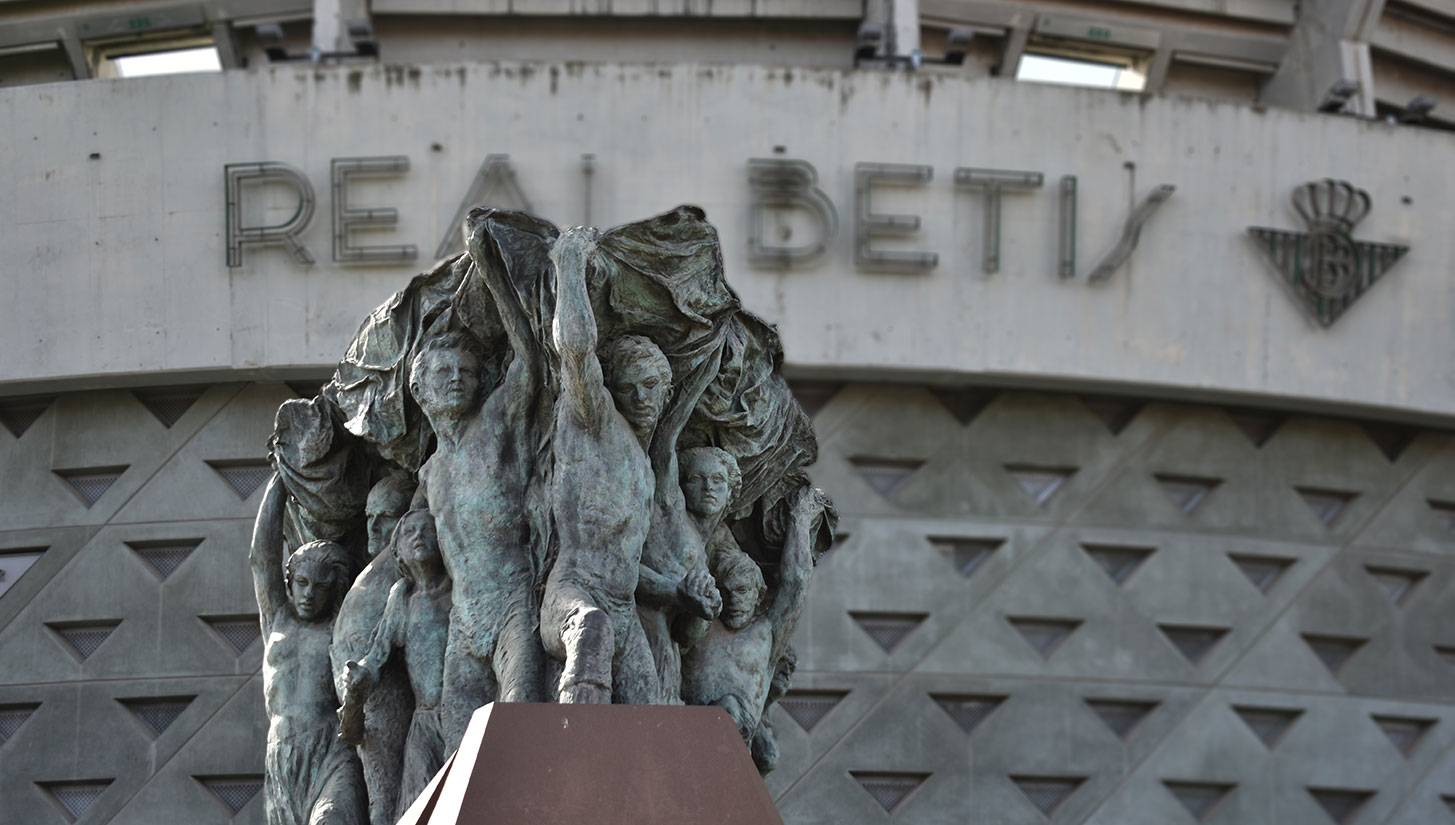
The city’s divides also go beyond football. From religion to bullfights, the Sevilla civilians are like cats and dogs.
The Holy Week processions leading up to Easter Sunday are a major part of the city’s culture. While there are plenty of confraternities that help bring the passion and death of Christ to life, the two largest, Confradia de la Macarena and Confradia de Triana, divide the city in two.
Then there’s the bullfights. Also a large portion of both the city and country’s identity, two legendary toreros once again split Sevilla in half. On one side you have Juan Antonio Ruiz, better known as “Espartaco,” and on the other is Francisco “Curro” Romero. Even with the corridas you must decide.
“It is deep inside from us, we don’t really know why this happens,” says Enrique, who sits alongside fellow Betis fans Ignacio and Javier. “When you realize that you are a massive Bético there is no return ticket, you must ride the attraction for your whole life.”
“Betis has been related to the working class,” adds Javier. “It is a team that has suffered many hardships, creating this halo of romantic and heartbreaking relation.”
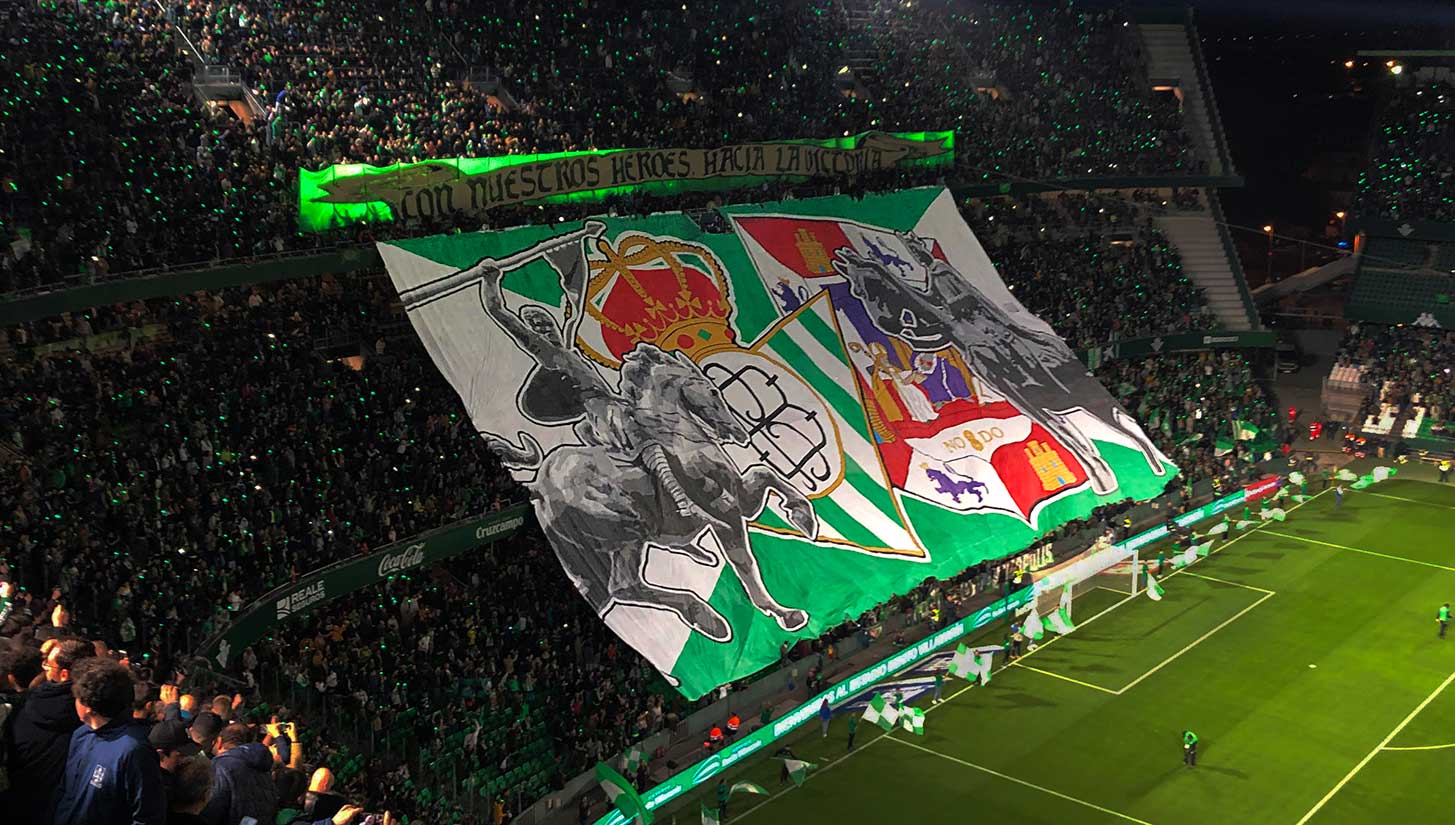
But if there’s one thing that unites the opposing fanbases, it’s tragedy. Both clubs have recently lost young players — Antonio Puerta for Sevilla and Miki Roqué for Betis — who passed far before their time. Sevilla’s Ramón Sánchez-Pizjuán stadium pays tribute on the 16th minute, the number wore by Puerta, and the Estadio Benito Villamarín does the same at the 26th minute to remember Roqué.
For those moments, fans stretch their relations and share the pain. The message “we are brothers” was showed clearly by the clubs asking for unity when Puerta passed away in 2007. But after that, it’s back to business.
As kickoff drew nearer, the excitement only grew larger. You could breathe in the tension and nervousness, a fiery panorama on the streets that was swelling up as each minute passed. Police everywhere and the unmistakable whirring of a helicopter above denotes it is a derby day.
As the chaos of the Sevilla derby subsides, the Guadalquivir river flows and the time goes on. The Giralda bell tower continues to rule the city, the highest point of Sevilla thanks to an unwritten pact to never build a structure taller than it.
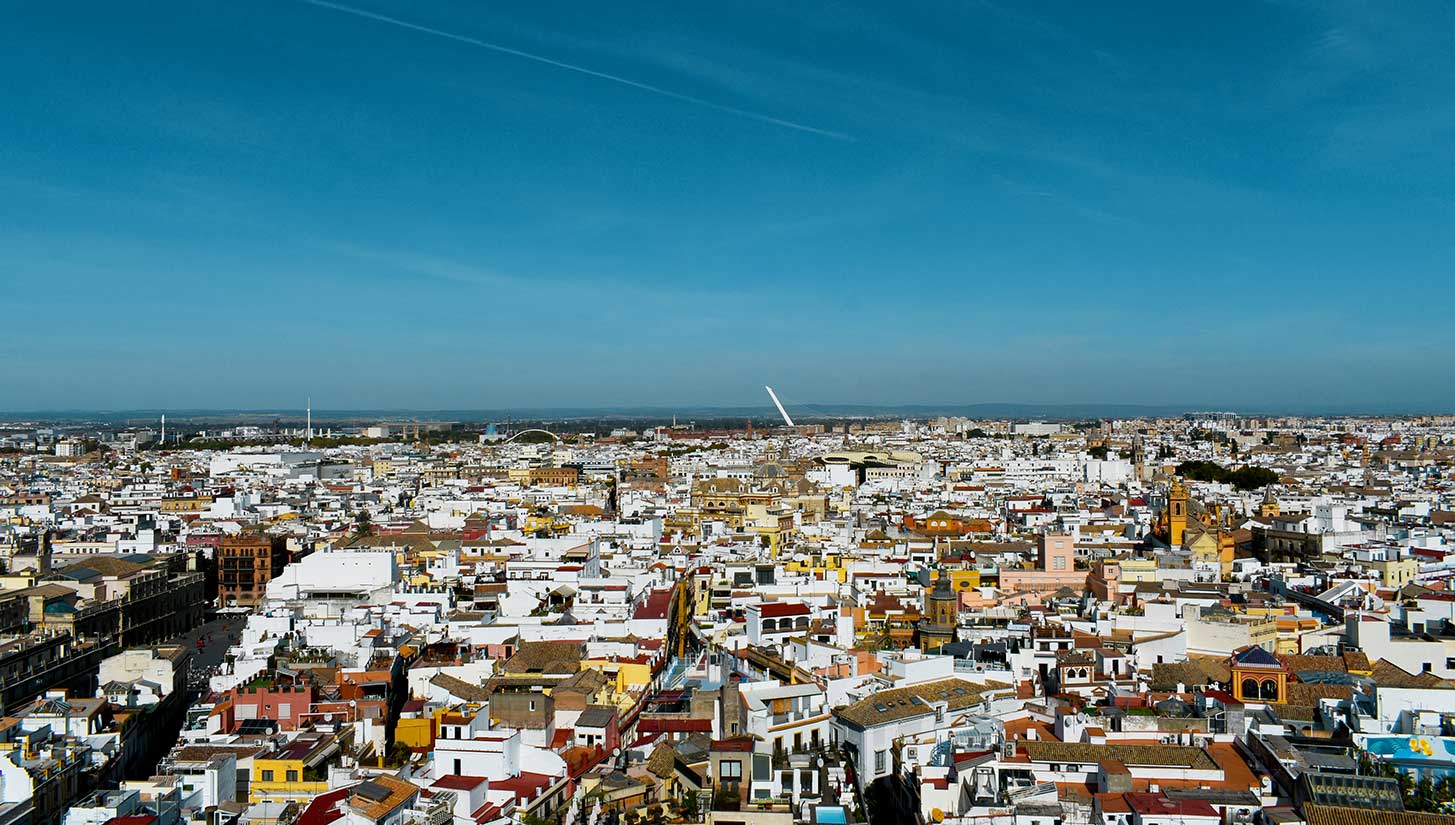
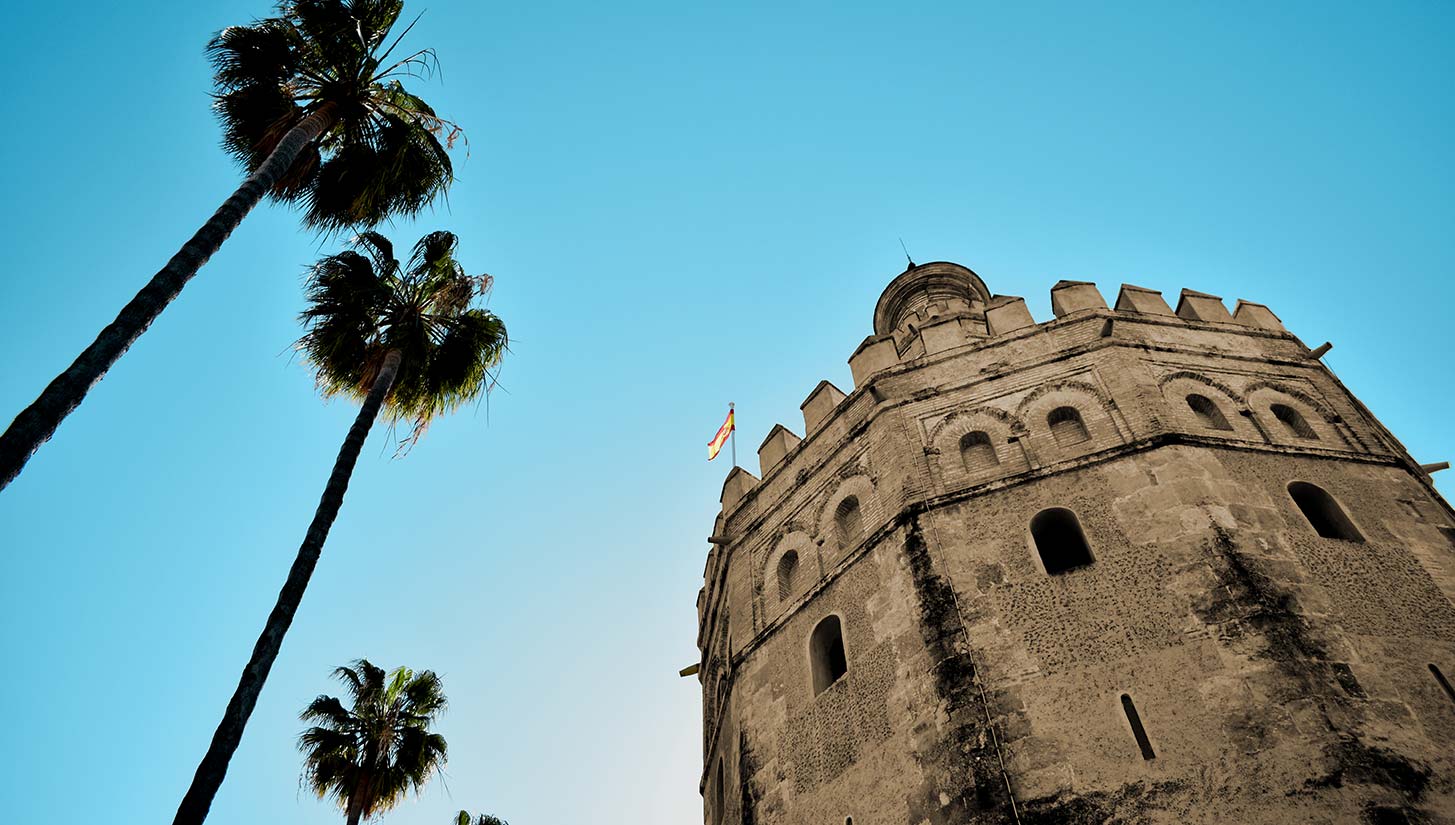
That’s the Sevilla culture in a nutshell. The inhabitants are passionate about their city and its history. It’s proudly displayed throughout the city center, whose narrow streets whisper stories of the many long nights they have seen.
This is what makes Sevilla so special. The old customs remain on our time.
Photography by Ignasi Torné Gualdo for Urban Pitch.
















